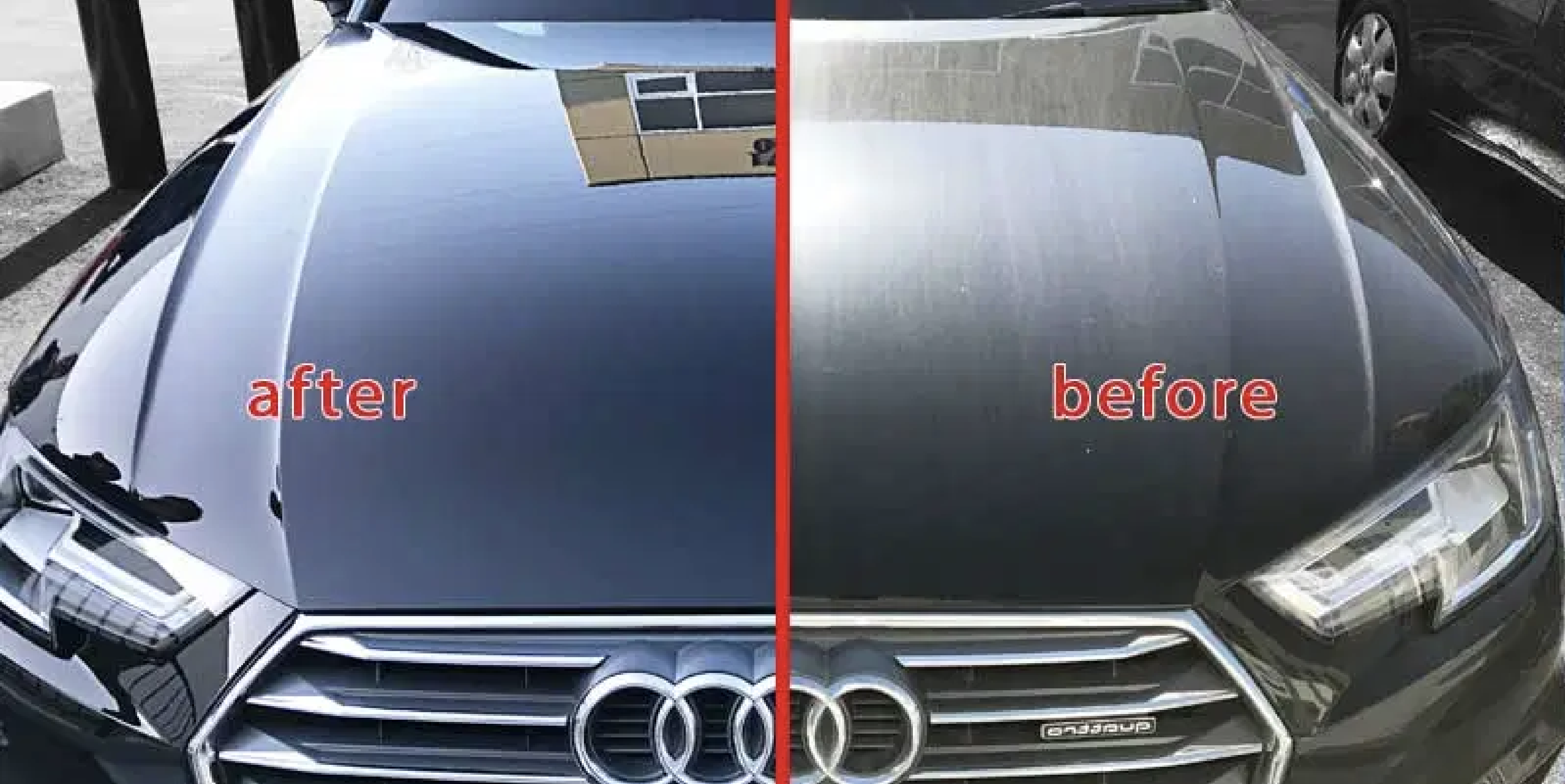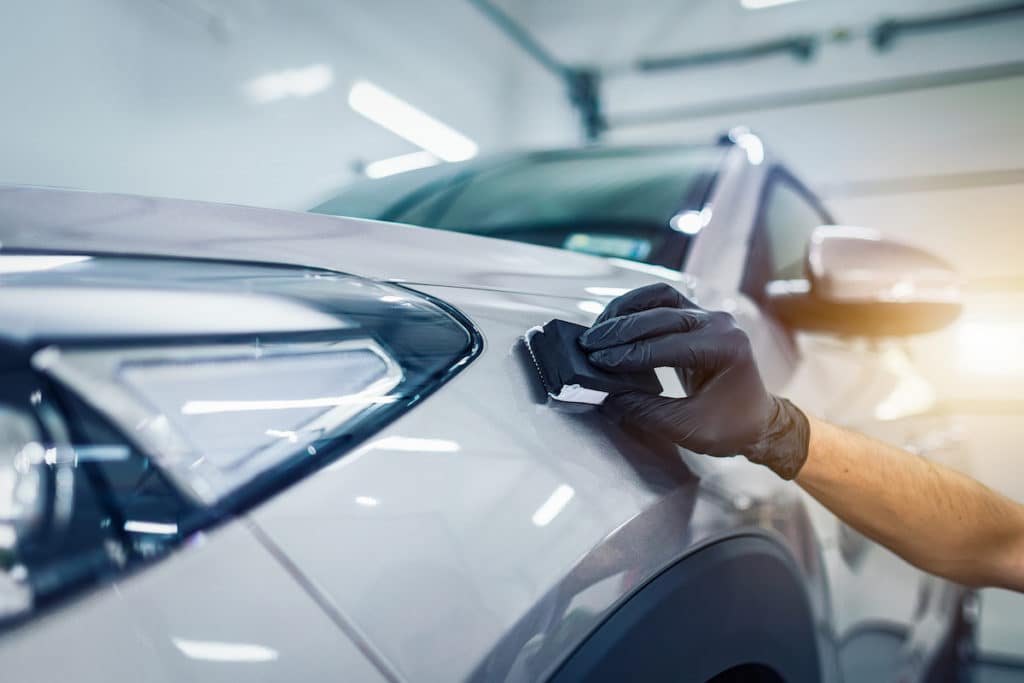Choose high-end paint protection film for a flawless layer of protection.
Choose high-end paint protection film for a flawless layer of protection.
Blog Article
A Comprehensive Guide to the Kinds Of Ceramic Finishing on the Market
Ceramic coatings have emerged as a critical remedy throughout numerous sectors due to their distinct properties and applications. As we explore the unique characteristics and applications of these coverings, the ramifications for efficiency and long life end up being increasingly apparent, increasing questions concerning which kind could best match your needs.
Comprehending Ceramic Coatings
Ceramic finishes are sophisticated safety options that have actually gotten popularity in various industries, especially in auto and aerospace applications. These layers include a liquid polymer that, when treated, forms a sturdy, hydrophobic layer on the surface of the substrate. This layer offers improved resistance to environmental contaminants, UV radiation, and chemical direct exposure, therefore expanding the life and visual charm of the underlying material.
The essential element of ceramic layers is silica, which adds to their firmness and resilience. The application procedure usually involves surface area preparation, application of the finishing, and treating, which can be accomplished through heat or UV light. When treated, ceramic finishings show phenomenal bonding homes, enabling them to adhere highly to a range of surfaces, including steels, plastics, and glass.
In addition to their protective functions, ceramic finishings additionally provide ease of maintenance. Their hydrophobic nature lowers the adherence of dust and gunk, making cleaning simpler and less regular. On the whole, the fostering of ceramic coverings stands for a considerable development in surface defense technology, giving both functional and visual benefits across several fields.
Kinds Of Ceramic Coatings
Numerous types of ceramic coatings are offered, each designed to satisfy details performance demands and applications - Auto Detailing. One of the most usual kinds consist of:
Silica-based Coatings: These finishes mainly consist of silicon dioxide and are recognized for their resilience and chemical resistance. They are commonly made use of in vehicle and industrial applications.
Titanium Dioxide Coatings: Popular for their photocatalytic properties, titanium dioxide coverings are commonly used in atmospheres where self-cleaning and antifungal residential or commercial properties are preferable, such as in structure materials and automotive coatings.
Zirconia Coatings: Identified by their high-temperature security and thermal resistance, zirconia coverings are utilized in applications such as generator engines and high-performance auto parts.
Alumina Coatings: Exhibiting outstanding solidity and thermal security, alumina finishings are often made use of in wear-resistant applications, consisting of reducing devices and industrial equipment. - Car Detailing
Hybrid Coatings: Integrating the buildings of various materials, crossbreed coatings use enhanced efficiency features, making them ideal for one-of-a-kind and requiring applications.
Each sort of ceramic finishing offers distinctive purposes, allowing customers to pick the most appropriate remedy based on certain ecological conditions and efficiency needs.
Benefits of Ceramic Coatings
Ceramic finishes, in specific, offer numerous benefits that make them progressively popular amongst makers and customers alike. These finishings are immune to scrapes, chemicals, and UV rays, making certain that the underlying surface area stays protected over time.
Along with resilience, ceramic coverings offer outstanding hydrophobic homes, enabling very easy cleansing and maintenance. This water-repellent nature lessens the adherence of dust, grime, and various other contaminants, which can prolong the visual appeal and functionality of the surface area. Moreover, ceramic finishes can significantly enhance thermal resistance, making them ideal for applications that sustain heats.

Application Process
When using ceramic finishings, a precise approach is vital to achieve optimal results. The application process normally starts with extensive surface area prep work. This involves washing, decontaminating, and polishing the surface area to eliminate all pollutants, including dust, oil, and prior waxes or sealants. A clean surface guarantees correct attachment of the covering.
When the surface area is prepped, the following action is to use the ceramic coating. This can be done using an applicator pad or a microfiber towel, guaranteeing even protection. It is critical to operate in little areas to preserve control and protect against early treating. The covering needs to be used in slim layers, as her response thicker applications can bring about irregular coatings.
After application, the layer needs a certain curing time, commonly ranging from a couple of hours to a complete day, depending upon the product. During this moment, it is crucial to avoid direct exposure to dampness or pollutants. Finally, a mild buffing might be needed after healing to improve the gloss and get rid of any kind of high areas. Adhering to these steps diligently will make best use of the efficiency and longevity of the ceramic coating, supplying a resilient protective layer for the surface area.
Upkeep and Longevity
To guarantee the durability and effectiveness of a ceramic covering, routine maintenance is important. Ceramic finishings, understood for their sturdiness and safety qualities, need specific care regimens to optimize their life expectancy and efficiency.
Along with regular cleaning, periodic assessments are crucial. Try to find indicators of wear or damages, such as hydrophobic properties diminishing or surface blemishes. If required, a light gloss might be used to invigorate the coating without stripping it away.
In click for info addition, the application of a booster spray can boost the finishing's hydrophobic impacts and restore its gloss. This is especially valuable for layers that have remained in usage for a prolonged period. Ultimately, by adhering to these maintenance techniques, one can considerably prolong the life of a ceramic finishing, making certain that it remains to supply optimal defense against environmental elements and maintain the aesthetic appeal of the automobile.
Conclusion

Report this page